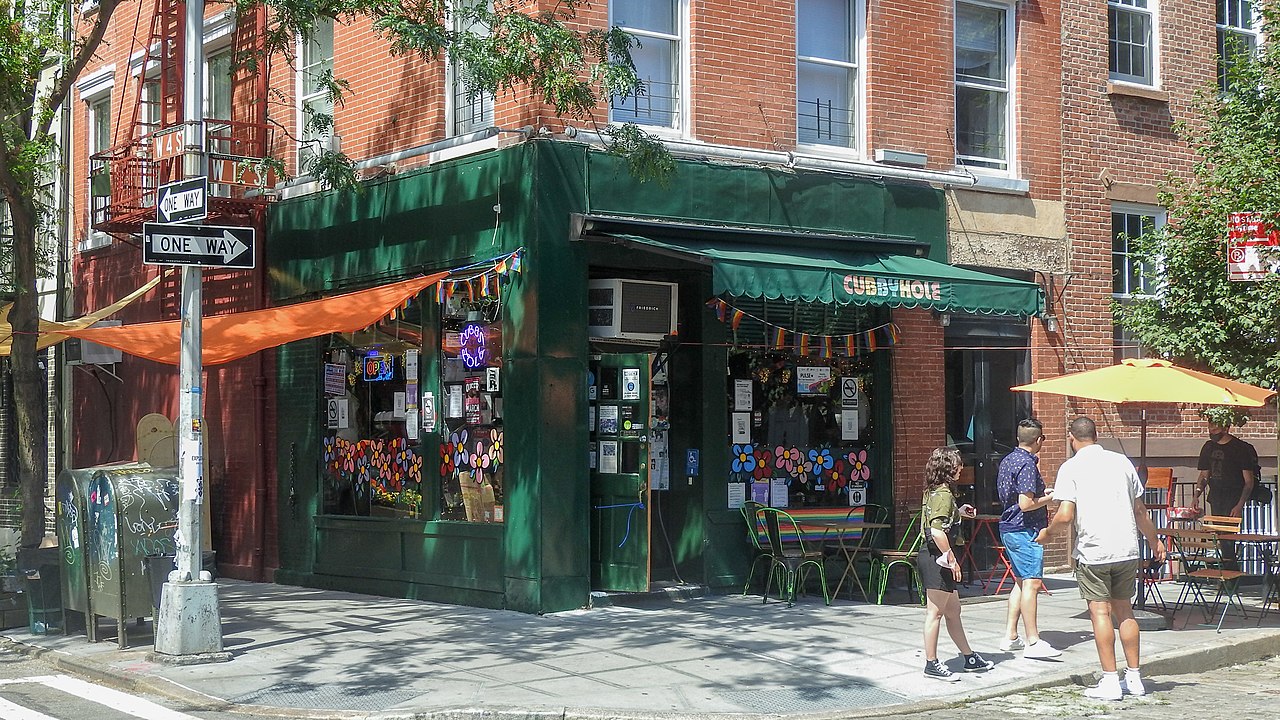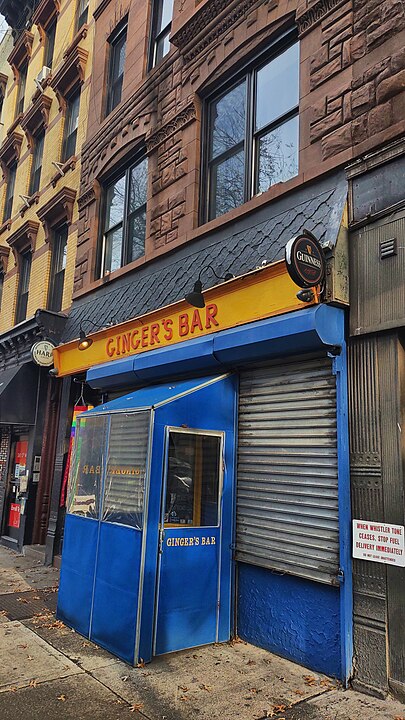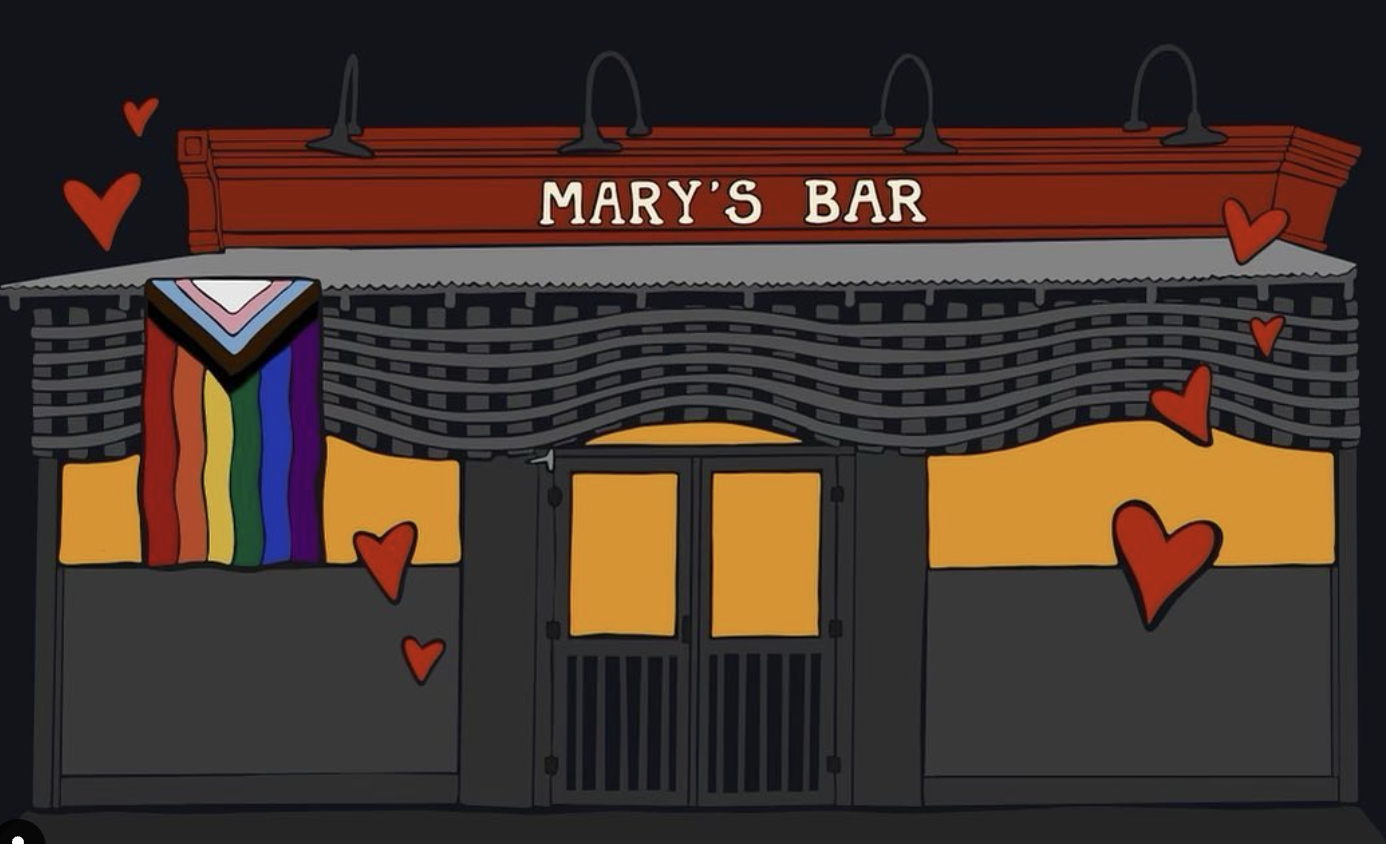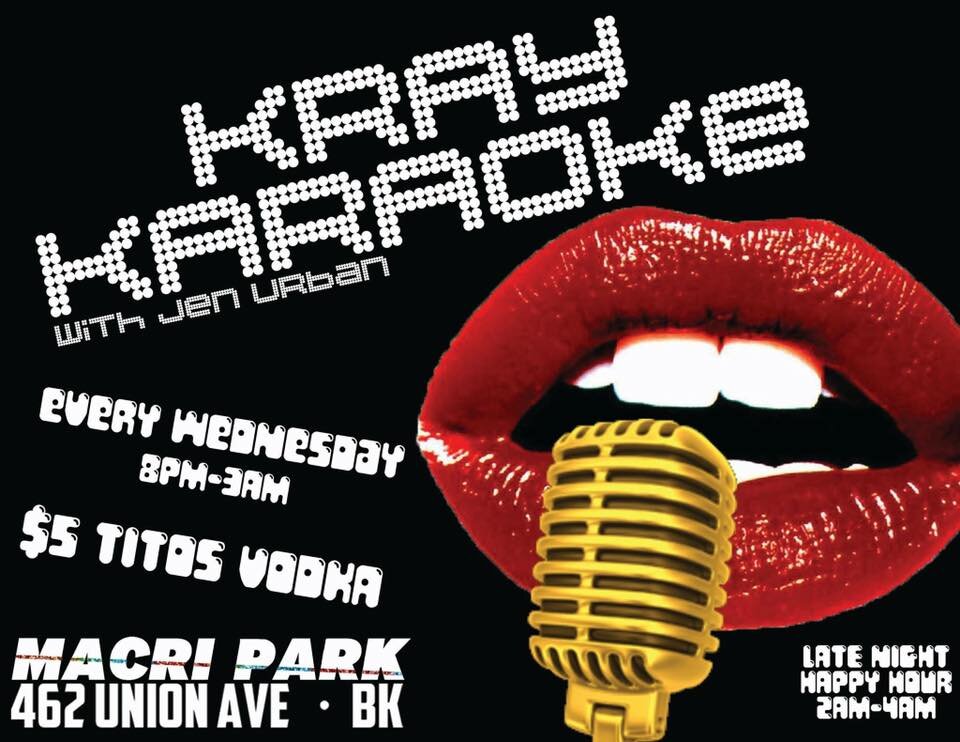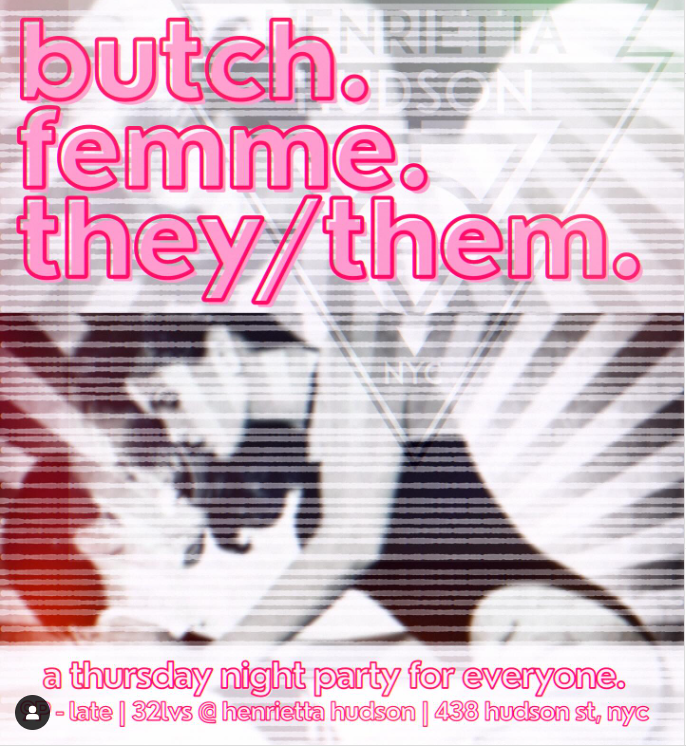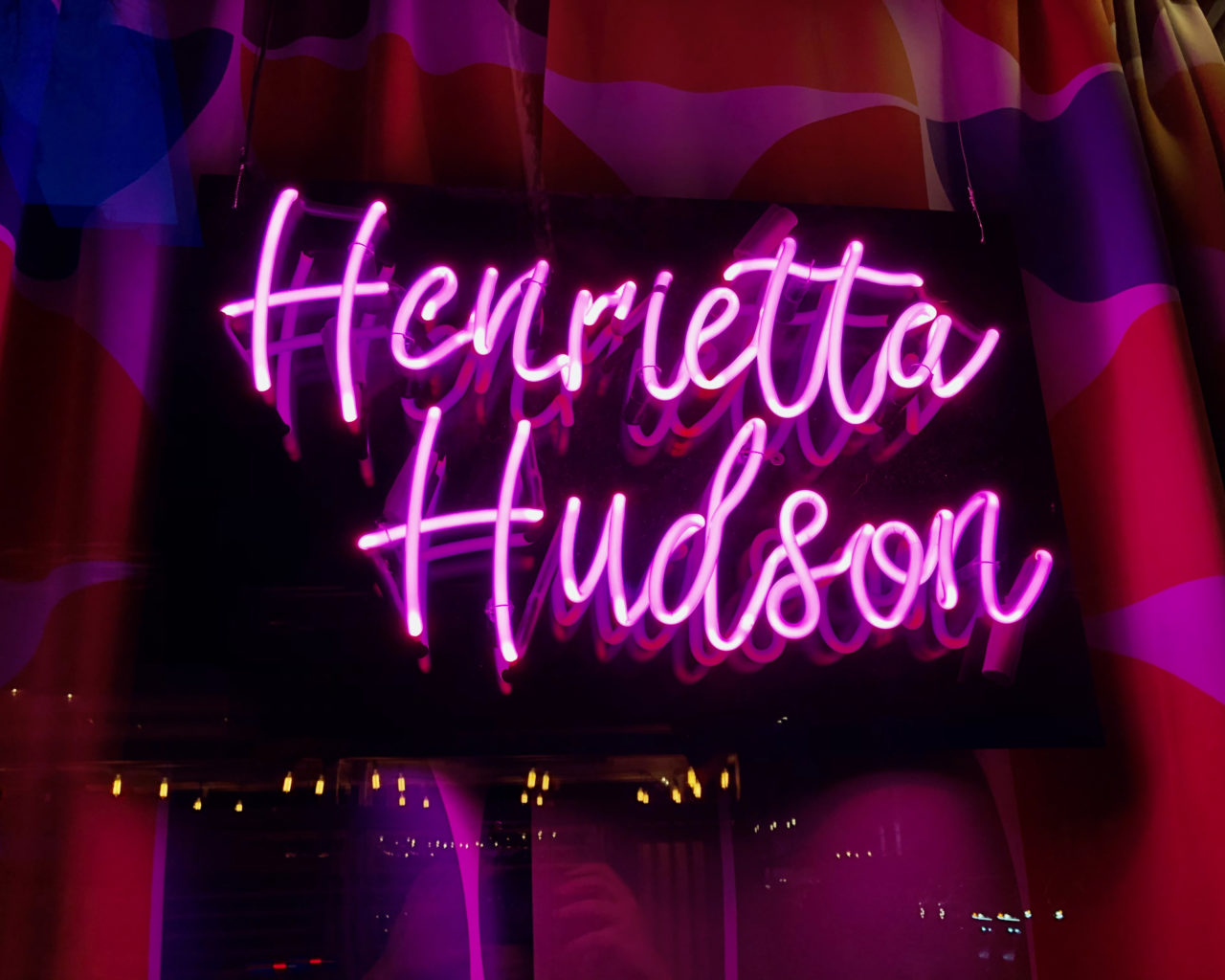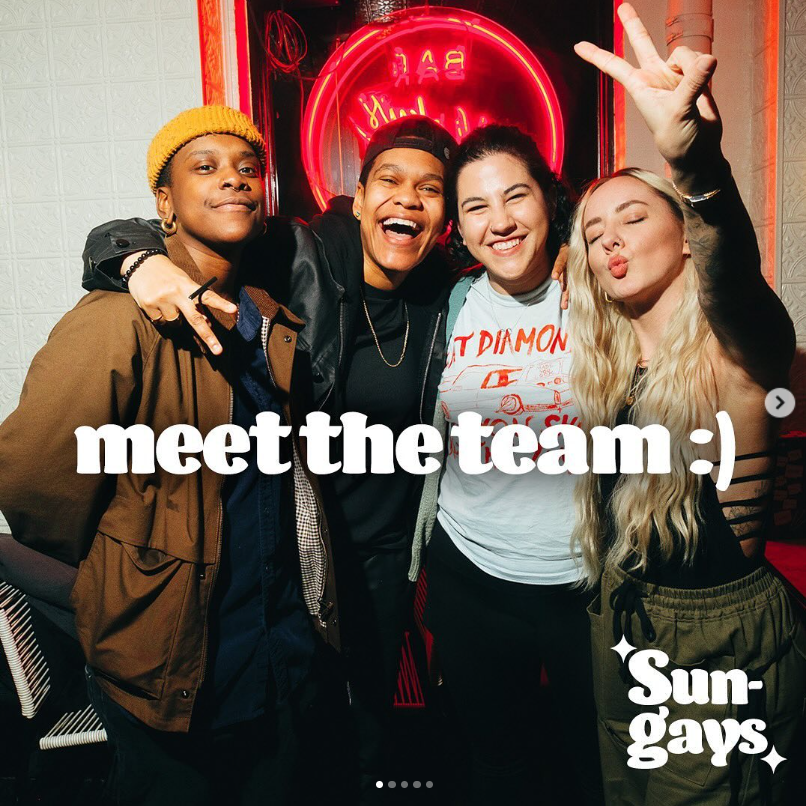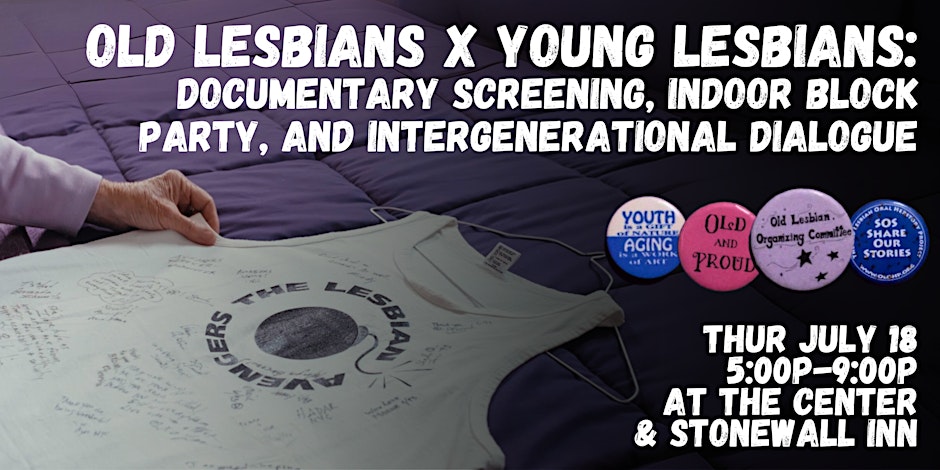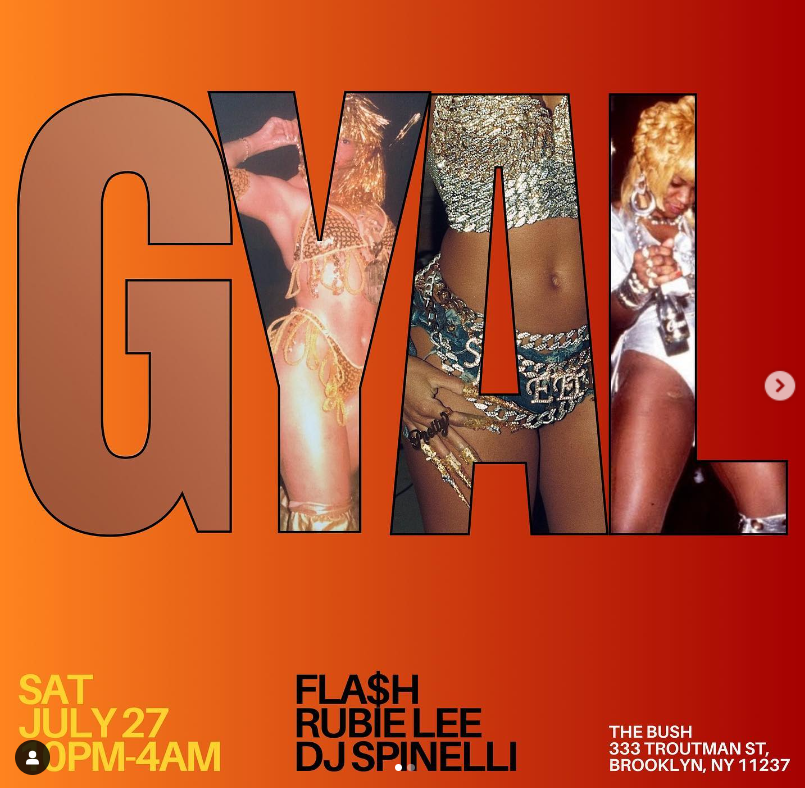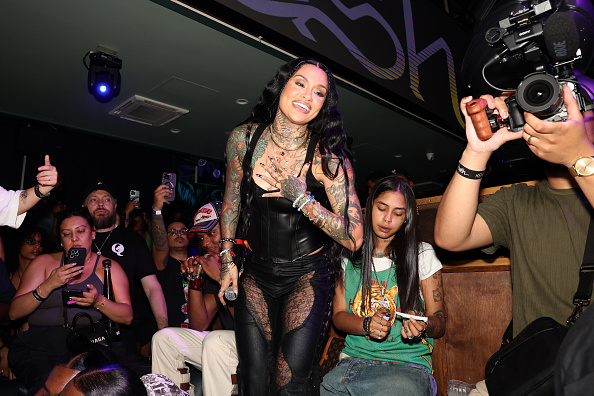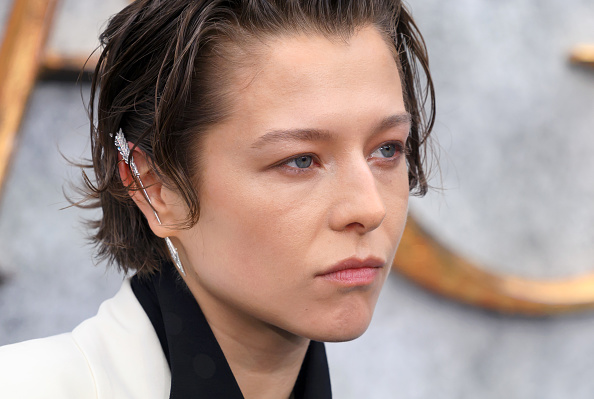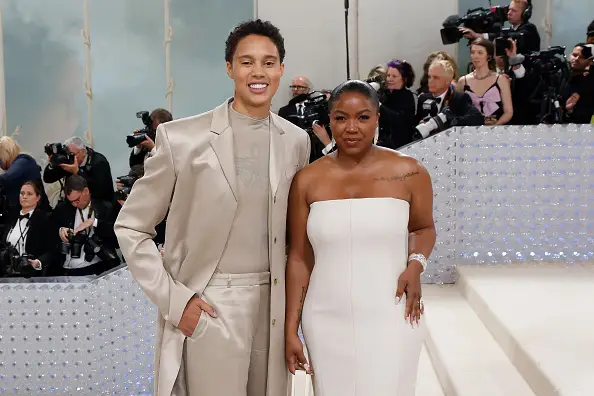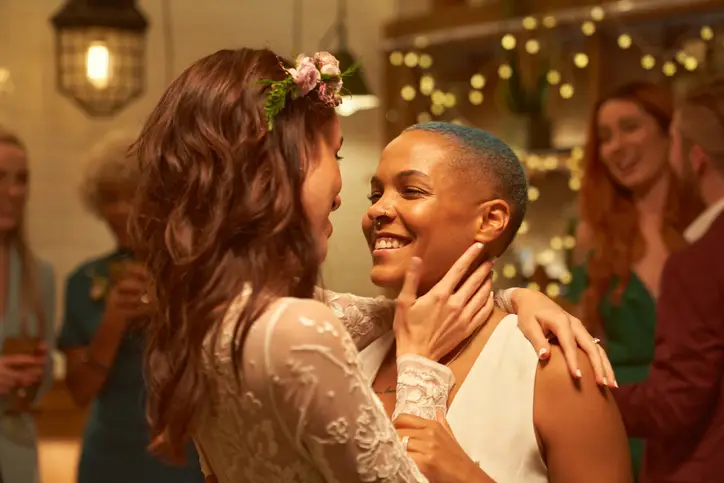Last night was like most nights. I nursed my nighly tequila on the rocks (bitch had to quit wine for my diet) while I feverishly tore through a book in bed (I read “Life Of The Party” by Tea Hacic Vlahovic in one sitting, and it was even more incredible than I anticipated). My partner and I watched an episode of “Vampire Diaries,” because even though we live in a stark white beach cottage and carry designer bags, we are nerdy loser lesbians at heart. Then, as my final nighttime ritual, I made my carpal tunnel ten times worse by manically scrolling through Instagram and comparing myself to perfectly proportioned Flat Tummy Tea promo girls with small waists and huge asses. To top it off, I always check Lana Del Rey’s Instagram and say a prayer. It’s like checking Jesus’ Instagram. Usually, I pray to a sultry selfie, a tone-deaf rant that I can’t help but love, a sample of a new track, or a weird artsy photo in a supermarket parking lot or something. But tonight, it was a striking photo of a tiny woman in a wheelchair, done up with makeup and glamour and furs, in a backdrop of LA palm trees.
Goddess Bunny had died.
Sandie Crisp, better known as Goddess Bunny, was a transgender woman with polio who grew to become somewhat of a patron saint to gay mall punks, weird queer kids, and underground artists. But Goddess Bunny’s story didn’t start with any shred of glamour. She grew up in various foster homes and routinely endured physical and sexual abuse.
She underwent several botched surgeries as an infant, which resulted in stunting her growth, deforming her hands, and leaving her legs extremely thin and crooked. When she began presenting as a woman in the late 1970s, she found love in wigs, makeup, dresses, and herself. Though Crisp’s life was undoubtedly challenging, you won’t find a sob story here. She modeled for Rick Owens and Joel-Peter Witkin, appeared in Dr. Dre’s “Puppet Master” music video, became the breakout star of Marilyn Manson’s “The Dope Show,” acted opposite Carrie Fisher in the 1986 movie “Hollywood Vice Squad,” and acted in John Aes-Nihil films. She died on January 28, 2021 at age 61.
Her unofficial “son,” Hunter Barker, writes on her GoFundMe:
“Sandie’s story has served as a strong beacon of hope for people all across the globe. For years she beat polio, the disease that had greatly disfigured her body, took away her ability to walk, and distorted her spine, making it difficult to breathe.
She also fell victim to the HIV virus, further hindering her health, on top of the severe disability she had already been dealt with.
But what inspired her ‘cult-like’ following has been her ability to look past her disabilities and instead, view herself as an A-List celebrity. Her movie-star attitude, witty personality, and impeccable sense of humor will never, ever be forgotten.
Despite being bound to a wheelchair and a hospital bed for most of her life – the world was her stage and she was indeed a superstar.
My name is Hunter and Sandie considered me one of her sons. She took in many of her adoring fans as children of her own.
One of her wishes was to be buried in the Hollywood Forever Cemetery as she wanted to be buried a star forever. In true Goddess fashion, she wanted to make sure the funeral was just as extravagant as she was.”
A woman that could have easily given over to darkness, lived in the shadows, or didn’t live at all insisted on being an A-list celebrity. Most politically correct disabled people will critique able-bodied people for giving us credit for living, but you know what? Goddess Bunny was spectacular for living. She thrived. She made a name for herself, broke boundaries, and became a fixture of both Hollywood and the underground art scene.
I won’t pretend like I know what it’s like to be deformed, a wheelchair user, have polio and HIV, or to be a trans woman. Obviously, Goddess Bunny had a lot more challenges and marginalized identities to contend with. But as a lesbian born missing my left hand, I do know what it’s like to come to a point where you make a decision to stand out.
Life tried to push her into the shadows, and her response was, “Fuck you” as she put on lipstick, silk gowns, tap shoes, and literally danced her way through life and into chic AF art circles. As queer people, as disabled people, as queer disabled people, we have to make the same decision, if not to such a dire degree. Either be quiet, blend in, or slay. We’ll never fit in, so we’re given the chance to embrace standing out. Goddess Bunny took that chance against all odds. Disability and trans identity aside, she was a survivor of such profound and awful trauma that I don’t think many of us could survive. That, to me, is an icon.
And icons are buried in the Hollywood Forever Cemetery. If you want to donate to Goddess Bunny’s fund for a proper burial, you can do so here. If you want to learn more about Goddess Bunny and her cult legacy, you can watch the trailer for The Goddess Bunny Documentary here.



